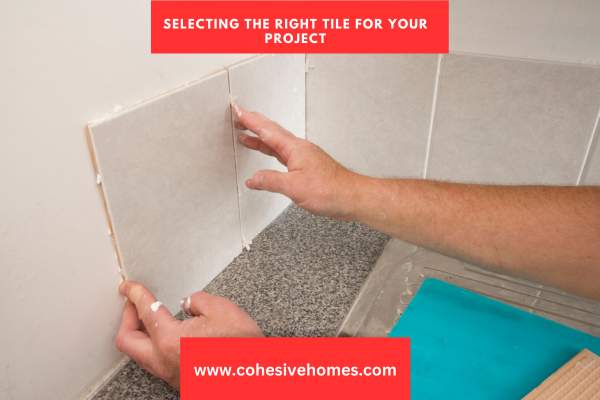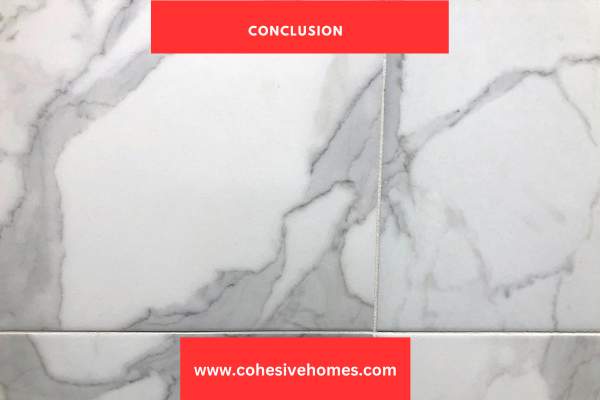Looking to freshen up the look of your walls or floors? You may be wondering if it’s possible to tile over lath and plaster. After all, it seems like it would be an easier and cheaper solution than tearing out and replacing the entire surface.
The short answer is:
Yes, you can tile over lath and plaster in some cases, but there are a few factors you should consider first.
In this article, we’ll explore whether tiling over lath and plaster is a good option for your project, what needs to be done as far as preparation, and any potential drawbacks that might come with taking this route.
What Are the Considerations When Tiling Over Lath and Plaster?

If you’re thinking of tiling over lath and plaster, there are a few things you should consider before you get started.
For starters, it’s important to make sure that the lath and plaster are in good condition.
Check for cracks, warps, and other signs of damage that could indicate structural issues.
If there are any concerns, consult a professional to make sure the surface is suitable for tiling.
You’ll also need to make sure that the wall is flat and level, as any unevenness can cause tiles to crack or come loose over time.
If necessary, use a plaster compound or skim coat to level out any dips or distortions in the surface.
Finally, it’s always a good idea to seal the area with a waterproofing barrier first.
This will help ensure that moisture doesn’t seep through and create problems with your new tile installation down the line.
Following these steps will help ensure that your tiling project goes smoothly and that you end up with a beautiful result that stands the test of time.
Advantages and Disadvantages of Tiling Over Lath and Plaster

Tiling over lath and plaster is possible, but it comes with its own advantages and disadvantages.
On the plus side, it’s a less expensive option than totally replacing the wall, and it can help you add a stylish update to your space more quickly and with less hassle.
On the other hand, tiling over lath and plaster does come with a few risks.
For one, you could possibly weaken the lath and plaster by adding extra weight, and this could lead to cracks in your walls or tiles.
You’ll also need to make sure you prepare the surface properly before applying tile adhesive; if you don’t get rid of any dust or debris first, the adhesive won’t stick properly, which can result in an uneven finish.
It’s also important to note that when you tile over lath and plaster, there’s a risk of water damage, as this type of material is not waterproof.
To try and reduce this risk as much as possible, you’ll need to make sure that you use a high-quality waterproofing membrane before starting any tiling work.
So while tiling over lath and plaster can be done safely if done right, it’s always best to seek expert advice first. That way, you can make sure any potential issues are addressed before they become serious problems.
Best Practices for Tiling Over Lath and Plaster

You might be wondering, “What is the best way to tile over lath and plaster?”
Here are a few best practices that you should keep in mind:
Use an Adhesive with a High Bond Strength
For tile installations, it’s important to choose an adhesive with a high bond strength that adheres well to both the lath and plaster substrate and the tile.
Look for one with good flexibility so it can hold up to any kind of settling or strain of the lath and plaster sheathing.
Add Backer Board as An Extra Layer
Adding another layer of backer board underneath your tiles will help keep your tiling job secure. It acts as a barrier, filling in any irregularities in the lath and plaster surface so your tiles have a flat, even foundation.
It also adds an extra layer of protection, helping to minimize potential cracks or imperfections.
Allow for Proper Expansion and Contraction
Lath and plaster expand and contract due to temperature changes, so make sure you leave enough space for this when installing your tiles.
This could mean using spacers or using wider grout lines, depending on what kind of tiles you have chosen.
Following these best practices will help ensure that your tile installation over lath and plaster lasts for years to come.
With the proper adhesive, an additional backing board layer, and proper space allowance for expansion and contraction in mind, you’ll be well on your way to creating beautiful tiled surfaces!
Selecting the Right Tile for Your Project

You know you can tile over lath and plaster, but it’s important to pick the right type of tile for your project.
For instance, if you’re tiling a wall in a wet room, it needs to be more resistant to moisture than in other areas of a home.
To make sure you pick the right tile for your project, here are some considerations:
- Size: Larger tiles are ideal for laying over lath and plaster because they require fewer grout lines. This creates a smoother, more modern look and makes it easier to clean.
- Suitability: Choose tiles that are designed for the application area and weather conditions that you’re dealing with.
- Installation: Make sure the tile you choose can be applied with thinset mortar.
- Maintenance: You’ll also want something that is simple to clean and maintain over time. Look for porcelain or granite tiles with smooth surfaces, which don’t require sealing or waxing like some other types do.
As long as you choose the right tile, you can feel confident tiling over lath and plaster!
DIY Tips for Tiling Over Lath and Plaster

If you’re wanting to know if you can tile over lath and plaster, the answer is yes—but it’s not a simple task.
Here are some tips to keep in mind if you’re looking to do this yourself without hiring a professional:
Remove Old Wall Coverings
Before tiling, check to see if the wall has any existing coverings—like wallpaper, paneling, or paint—as these need to be removed before tiling.
Patching Plaster and Lath Walls
Old plaster and wallboards like lath and plaster walls might need some patching up before starting.
If there’s any cracking or crumbling, patch up these areas with drywall compound or concrete patching products.
Make sure that your repair delivers an even surface for tiling.
Check Your Wall for Moisture
Moisture can build up in lath and plaster walls because of leakage from water lines and fixtures, so use a moisture meter to determine if it’s dry before tiling.
If not, deal with the source of moisture first.
Install Exterior Sheathing Board
Exterior sheathing board acts as another layer of protection against moisture infiltration over lath and plaster surfaces.
You can buy exterior sheathing board at your local home improvement store; they come in large sheets that are then cut down to fit around outlets or window frames on the wall.
Tiling over lath and plaster is totally possible, but there are a few careful steps you’ll need to take first. Knowing what you’re doing ahead of time is key!
Conclusion

To sum up, tiling over lath and plaster is a possible project, provided you adequately prepare the substrate.
Take the time to remove any loose material, fill in any cracks or gaps, and ensure that the walls are flat.
If you’re not sure whether the walls are suitable for tiling, it’s best to consult with a professional.
While tiling over lath and plaster is indeed possible, it requires careful preparation and a certain degree of skill.
The most important thing is to make sure you don’t skimp on the preparation; that’s the most important factor in getting the best-looking and longest-lasting tiles.
With the right approach, you can create a beautiful tiled surface that will last for years to come.
FAQS
Can tiles be applied directly to lath and plaster?
No, reinforce with a suitable substrate first.
How do you prepare lath and plaster for tiling?
Clean, remove loose plaster, install substrate, and apply waterproofing membrane.
Can you tile over old tiles on lath and plaster?
Not recommended, remove old tiles and prepare the surface before installing new tiles.
